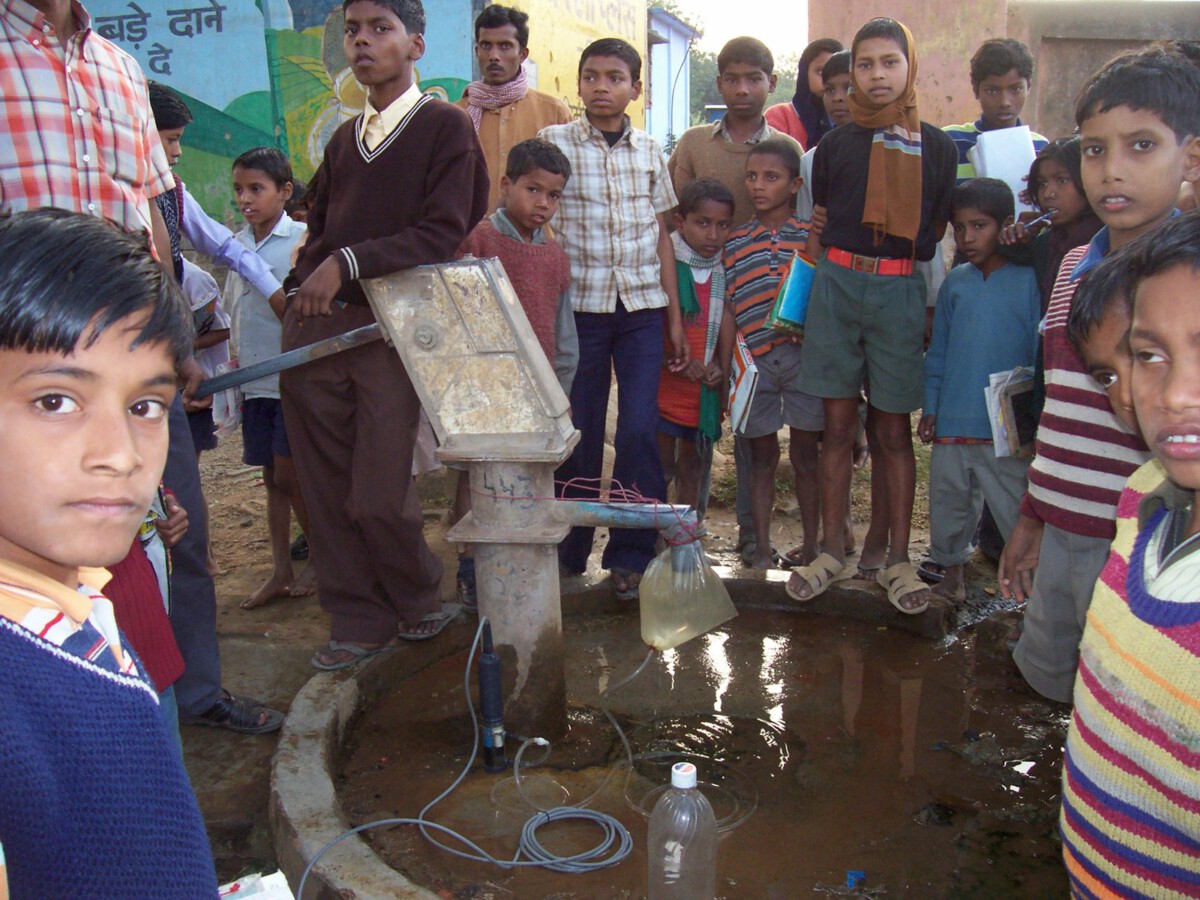The Numbers Don’t Lie: NYC’s Homelessness Crisis Reaches Breaking Point

Walk through any neighborhood in New York City today and you’ll witness something that would have been unimaginable just a few years ago. The number of people in New York City without homes on any given night is approximately 350,000, including 132,000 in shelters, thousands sleeping unsheltered in public spaces, and well over 200,000 sleeping doubled-up or tripled-up in the homes of others. Homelessness in New York state has grown sharply, more than doubling between January 2022 and January 2024, with homelessness growing by 53.1% from January 2023 to January 2024, more than four times the rest of the nation. Think about that for a moment – while other cities struggle with their own challenges, New York’s situation is spiraling four times faster than anywhere else in America.
The most heartbreaking part? The number of homeless children increased from 20,299 in 2022 to 50,773 in 2024, with almost one in three of New York’s homeless being children, one of the highest shares in the nation. More than 146,000 NYC schoolchildren experienced homelessness at some point during the 2023–2024 school year, representing one in eight children attending city schools. These aren’t just statistics – they’re real kids whose childhood memories will forever be shaped by instability.
Mayor Adams’ $650 Million Gamble: Bold Plan or Empty Promise?

As part of a $650 million plan to tackle street homelessness announced in Mayor Adams’ State of the City address, the city made a new investment of over $620 million over five years to serve the street homeless population. But here’s what makes this different from previous attempts: Combined with the administration’s previous Subway Safety Plan investment, this brings the New York City Department of Homeless Services street programming budget to over $350 million in FY25 and $400 million at full ramp-up, which will be the largest annual investment in street sheltering in city history and is more than double the city’s budget when Mayor Adams entered office.
The plan focuses on something called “Safe Haven” beds – think of them as the bridge between living on the streets and getting back on your feet. Safe Haven shelter beds are “low-barrier to entry” shelter facilities that offer transitional housing and are often the first step towards helping New Yorkers experiencing homelessness accept services and transition off of the streets and out of the subways, with these small-scale programs specifically tailored for unsheltered individuals who may be resistant to accepting other services. The plan adds 900 Safe Haven beds and 100 runaway homeless youth beds for vulnerable homeless populations, proven to improve outcomes.
The Right to Shelter: A Promise Under Pressure

For over four decades, New York City has operated under something unique in America – a legal guarantee that anyone without a home can get shelter. New York’s legal Right to Shelter has given more than one million homeless New Yorkers a way off the streets since 1981. But the massive influx of asylum seekers has put this promise to the test in ways no one anticipated.
A settlement in 2024 preserved the city’s general “right to shelter” mandate while allowing the city to limit newly arrived adult asylum-seekers’ shelter stays to 30 days, and to 60 days for younger adults. This wasn’t just a policy change – it was a fundamental shift in how the city balances its obligations to longtime residents versus newcomers. Some migrant families are subject to 60-day limits in shelter stays and can reapply at the Roosevelt Hotel on East 45th Street in Manhattan, while other homeless New Yorkers have no formal limits on their stays thanks to the 1981 consent decree.
Housing First: The $24.7 Billion Housing Revolution

Adams isn’t just throwing money at shelters – he’s betting big on permanent housing solutions. The Adams administration allocated $24.7 billion towards affordable housing through the city’s 10-Year Capital Plan, including making a $1 billion commitment for housing as part of Mayor Adams’ historic “City of Yes for Housing Opportunity” initiative. This represents the largest housing investment in city history, but the question remains: will it be enough?
The results so far are promising. The New York City Department of Housing Preservation and Development broke city records in 2024 with back-to-back years of most units produced for formerly homeless, with 4,623 total units, and back-to-back years of most supportive units produced, with 2,761 total units. But here’s the reality check: According to the National Low Income Housing Coalition’s 2025 report, for every 100 extremely low-income households in New York State, there are merely 36 affordable and available rental units, with 73% of NYC’s roughly 820,000 extremely low-income households severely rent-burdened, spending more than 50% of their income on housing.
The Subway Safety Plan: From Underground to Housed

Anyone who rides the subway has noticed the increase in homeless individuals seeking shelter in the transit system. Adams’ response has been comprehensive and controversial. In February 2022, Mayor Adams launched the Subway Safety Plan to address public safety concerns and support people experiencing unsheltered homelessness, and since the start of the plan, over 8,000 New Yorkers have been connected to shelter, with over 2,800 now in permanent, affordable housing.
A key part of the Subway Safety Plan is the co-response programs, such as Partnership Assistance for Transit Homelessness (PATH) and Subway Co-Response Outreach Teams (SCOUT), which bring together law enforcement and trained clinicians to conduct outreach on subways. Between April 2022 and May 2024, the teams had about 27,000 outreach encounters, with the fifteen SOS teams helping find permanent housing for nearly 620 individuals, including 133 that were placed in licensed housing.
Mental Health and Homelessness: The Invisible Crisis

Here’s something that makes New York’s approach different: recognizing that homelessness and mental health are often intertwined. The majority of unsheltered homeless individuals are people living with a mental illness or other severe health problems. People who were homeless were disproportionately Hispanic or Black, and 10% suffered from severe mental illness or chronic substance abuse.
But the city’s response has been criticized for not going far enough. The State has failed to ensure that there are enough psychiatric beds to meet the need, with fewer inpatient psychiatric beds at the end of FY2024 than there were in 2014. Even though the 2024-2025 Budget provided an additional 200 State-operated psychiatric beds, as of early 2025 only 125 had opened throughout the state, of which in NYC, 25 are for homeless individuals with serious mental illness who also have substance use disorders.
The City of Yes: Zoning Revolution or Housing Hype?

Adams pulled off something many thought impossible: changing New York’s notoriously complex zoning laws. Mayor Adams celebrated the passage of “City of Yes for Housing Opportunity,” the most pro-housing proposal in city history that will build 80,000 new homes over 15 years and invest $5 billion towards critical infrastructure updates and housing. The City of Yes proposal alone exceeds all the housing created from rezonings during any mayoral administration of the last 50 years, including all 12 years of the Bloomberg administration.
But critics argue it’s not enough for those who need it most. The plan does not include any requirements for deep affordability and the City’s affordable housing investments have disproportionately benefited those who are moderate or middle income. Building more market rate housing for those earning 80% or even 120% of area median income will do nothing for the tens of thousands of people sleeping in shelters or on the streets, as trickle-down housing strategies do not work.
Outreach Teams: The Human Connection Strategy

New York’s approach to street homelessness isn’t just about enforcement – it’s about human connection. The Adams administration has more than doubled outreach staffing and aggressively expanded specialized shelter capacity, with these investments helping double the number of permanent housing placements from specialized shelters in Fiscal Year 2023 with nearly 1,000 New Yorkers formerly experiencing unsheltered homelessness now in subsidized permanent housing.
DHS has more than 400 dedicated outreach staff canvassing city streets and subways round-the-clock, with the administration continuing to bolster specialized interventions led by healthcare experts to support some of the hardest-to-reach New Yorkers experiencing compounding mental health and substance use challenges. Through these efforts alone, the city has connected more than 7,500 New Yorkers to shelter services, complementing the city’s 24X7 above-ground HOME-STAT outreach efforts.
The Asylum Seeker Challenge: Redefining NYC’s Obligations

The influx of asylum seekers has fundamentally changed how New York approaches homelessness. New York City accounted for 93% of the increase in the state’s total homeless population, with people in city shelters increasing from 45,343 in January 2022 to 89,119 in January 2024, 34,057 of whom were asylum seekers. New York City housed approximately 68,000 asylum seekers in total at that time.
But here’s the reality that many residents don’t know: By January 2025, only 1,400 new arrival households had exited shelter with any kind of City- or State-supported relocation assistance, meaning that out of the approximately 190,000 new arrivals who left the shelter system between March 2022 and January 2025, more than 97% did so with no programmatic relocation support of any kind. Most people figured it out on their own, often moving in with family or friends in other cities.
What This Means for Long-Term New York Residents

While much attention has focused on new arrivals, longtime New Yorkers are also struggling more than ever. The rapidly increasing number of longer-term New Yorkers sleeping in shelters each night grew from 65,640 in December 2023 to 73,219 in December 2024, representing a one-year increase of 11.5%. Even apart from the increase in shelter census attributable to new arrivals, the number of longer-term New Yorkers sleeping in shelters each night increased by more than 10,000 people (or 19%) – from 55,702 to 66,209 in April 2024.
For working families, the math is brutal. The most recent Housing Vacancy Survey indicates a vacancy rate of less than one percent for affordable apartments in NYC. The primary reason people in NYC become homeless is the lack of affordable housing, with surveys identifying eviction, doubled-up or severely overcrowded housing, domestic violence, job loss, and hazardous housing conditions as major immediate triggers.
The $46 Million Supportive Housing Expansion

Adams is betting that supportive housing – permanent homes combined with social services – is the answer. The city will invest an additional $46 million in expense funding over several fiscal years to finance 5,850 congregate units and help thousands of individuals connect to permanent housing from the streets and from shelters, with 80% of those units projected to be newly-constructed supportive units and 20% expected to be preserved units.
The evidence suggests this works. Research shows permanent housing is ultimately the most cost-effective approach to addressing homelessness, even in New York City, with the public saving money by getting homeless people off the streets and into housing, as even though housing costs money, they save in emergency rooms, jails and homeless shelters. Permanent supportive housing provides low-cost housing in tandem with supportive services, such as health care and counseling, and is an effective tool for combating homelessness – especially if it were to be scaled up.
The Criticism: Is It Enough?

Despite record investments, critics argue the city’s approach still falls short. There are now more people experiencing homelessness, there is less affordable housing available for those who need it most, and there are more people in desperate need of social services and mental health care than at any time in recent memory. The current proposals, while adding some limited resources, fail to address fundamental needs, with the bulk of funding going toward creating additional “safe haven” beds that still represent only a temporary solution to a problem with the lack of permanent housing at its core.
The Coalition for the Homeless argues for a different approach. What New York needs is a comprehensive approach that prioritizes providing permanent housing combined with comprehensive mental health supports, eliminating existing waiting lists for intensive mental health service teams, and ending police involvement in outreach to people who are homeless. Putting more police and national guard in the subways does nothing to solve the problem and is counterproductive, making it harder for outreach workers to build trust with unsheltered individuals, especially when New York City doesn’t have the mental health services or housing to offer people when they are removed.
The Future: What Residents Can Expect

New York’s strategy represents the most comprehensive approach to homelessness in the city’s history, but it’s also the most expensive gamble. The Adams administration has committed a record $26 billion in housing capital in the current 10-year plan as the city faces a generational housing crisis, using every tool available to address the crisis. Following several back-to-back years shattering affordable housing records, the investments allocate $24.7 billion towards affordable housing, with an additional $350 million in PACT and Public Housing Preservation Trust programs to renovate thousands of NYCHA units.
The question isn’t whether New York is trying hard enough – it’s whether any city can solve a problem this massive without federal help. Data shows that there are approximately 2,000 people with serious mental illness at risk for street homelessness cycling through City streets, subways, jails, and hospitals, but at that scale, a better-coordinated system is within the grasp of a city with the resources and capacity of New York. For the first time in decades, the city has a plan that matches the scale of the problem, but whether it works depends on execution, funding, and time – three things that homeless New Yorkers don’t have in abundance.





